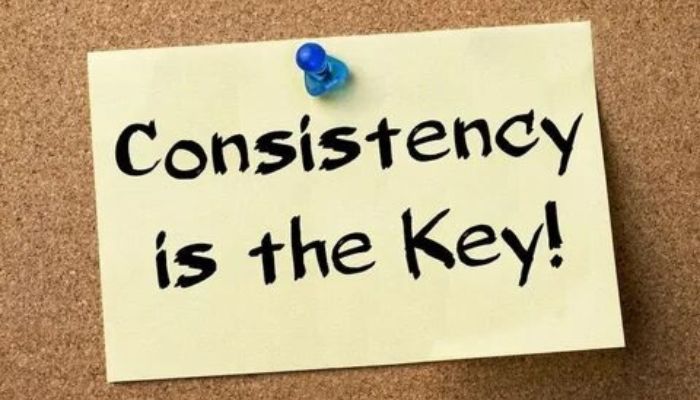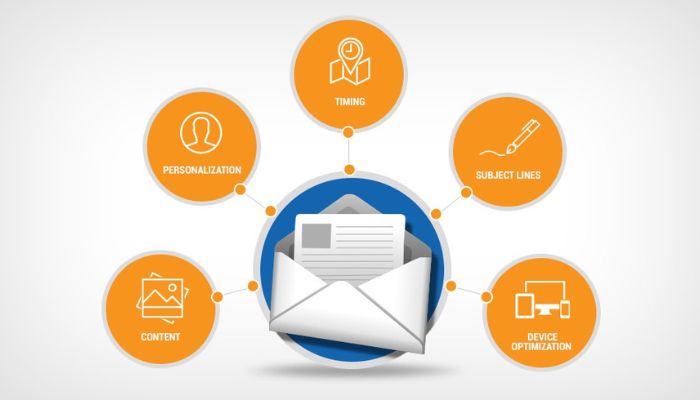Blogging is one of the most powerful tools in the digital world. It helps build an audience, drives traffic, and creates authority in your niche. Whether you’re a business owner, an influencer, or just someone looking to share their ideas with the world, blogging can skyrocket your online presence if done correctly. This article shares ten proven tips that will help you take your blog to the next level.
Introduction
In today’s digital age, having a solid online presence isn’t just beneficial—it’s necessary. One of the most effective ways to establish this presence is through blogging. With over 600 million blogs on the internet, standing out can be challenging. But with the right strategies, you can attract a steady stream of readers, build your reputation, and grow your influence.
Let’s dive into the ten proven blogging tips that will help you achieve these goals!
Tip 1: Choose a Clear Niche

When it comes to blogging, less is more. It’s tempting to write about a variety of topics, but focusing on a specific niche is crucial to build authority and trust. Why? Because readers are more likely to follow a blog that consistently covers topics they’re interested in.
Why focusing on a specific niche is essential
A clear niche helps you attract a targeted audience that’s genuinely interested in your content. It also makes it easier for you to develop a deep understanding of your topic, making your blog posts more insightful and valuable to your readers.
How to select a profitable and engaging Blogging niche
When choosing a niche, think about your passions, expertise, and the potential profitability. Is there enough demand for this topic? What’s your unique angle? The sweet spot lies where your interests meet the needs of your target audience.
Tip 2: Create High-Quality, Engaging Content

You’ve probably heard this one before: content is king. But it’s not just about producing content—it’s about producing high-quality content that engages and solves problems for your readers.
Writing content that solves problems
People search for blogs because they’re looking for answers. Whether you’re educating, entertaining, or inspiring, your blog posts should provide real value. A problem-solving mindset will make your content resonate with your audience.
Incorporating storytelling and personal experiences
Storytelling is a powerful way to connect with your readers. Sharing personal anecdotes or lessons learned can create an emotional connection that keeps people coming back. Readers love authenticity, and nothing beats a good story.
The importance of originality in content
Copying others will only get you so far. Unique content sets you apart from the competition and improves your SEO. Google rewards originality, and so do your readers.
Tip 3: Optimize Your Blog for SEO

Search engine optimization (SEO) is crucial to make sure your blog posts rank high on search engines like Google. The higher your blog ranks, the more visitors you’ll get.
Researching and using relevant keywords
The foundation of good SEO is keyword research. Tools like Google Keyword Planner or Ubersuggest can help you find the keywords people are searching for in your niche. Use these keywords naturally throughout your content.
On-page SEO techniques for blog posts
Beyond keywords, there are several on-page SEO strategies you should implement. Ensure your blog is mobile-friendly, use short URLs, and include internal links to other relevant posts on your blog.
Meta tags, alt texts, and title optimization
Don’t forget the technical details. Meta tags (title and description) help search engines understand your content. Using alt texts for images ensures that they get indexed properly and improves accessibility.
Tip 4: Consistency is Key

You can’t blog sporadically and expect to build an audience. Consistency is what keeps readers coming back and helps establish your authority over time.
How often should you publish new content?
Ideally, you should post at least once a week. However, the key is to find a balance between quality and quantity. Posting too frequently without enough substance can turn off readers, but going too long without posting can make people forget about your blog.
Creating a realistic content schedule
Developing a content calendar can help you stay organized. Plan out your posts at least a month in advance to give yourself enough time to research and write thoroughly.
Tools to help you stay organized
There are plenty of tools available to help you manage your schedule. Trello and Google Calendar are popular choices for tracking your progress and deadlines.
Tip 5: Promote Your Blog on Social Media

Blogging doesn’t end when you hit “publish.” You need to promote your content, and social media is one of the best ways to do that.
Choosing the right platforms for your audience
Where does your audience hang out? If you’re blogging about fashion, Instagram might be your best bet. If you’re focusing on business tips, LinkedIn may work better. Tailor your social media strategy to the platforms where your readers spend their time.
Effective ways to repurpose blog content on social media
Turn snippets of your blog post into social media posts, infographics, or even short videos. Repurposing content helps you reach a broader audience without reinventing the wheel.
Tip 6: Build an Email List

An email list is one of the most valuable assets you can have as a blogger. It gives you direct access to your readers without relying on third-party platforms like social media.
Why email marketing is essential for bloggers
Email subscribers are your most engaged readers. By sending them exclusive content or updates, you build a relationship that keeps them coming back to your blog.
Strategies for converting readers into subscribers
Offer valuable incentives like free eBooks, checklists, or exclusive tips in exchange for their email. Make it easy for visitors to sign up with clear calls to action and opt-in forms throughout your blog.
Tip 7: Engage with Your Audience

Interaction builds community. Responding to comments and encouraging discussion can keep readers coming back for more.
Responding to comments and feedback
Take the time to reply to your readers’ comments. It shows you care about their opinions and fosters a sense of belonging on your blog.
Hosting live Q&As and discussions
Consider hosting live Q&A sessions on social media or on your blog itself. It’s a great way to get to know your readers and provide them with real-time value.
Tip 8: Collaborate with Other Bloggers

Networking is vital in the blogging world. Collaborating with other bloggers can increase your exposure and bring new audiences to your blog.
How guest posting can grow your audience
Guest posting allows you to share your expertise on another blog, introducing yourself to a new group of readers. It’s a win-win, as it also provides fresh content for the host blog.
Networking strategies for bloggers
Attend blogging events, join Facebook groups, and reach out to fellow bloggers. Networking doesn’t just lead to collaborations; it also opens doors to learning from others.
Tip 9: Invest in Visuals

Images and infographics can enhance your content and make it more shareable. High-quality visuals can attract attention and improve the user experience.
Importance of images and infographics
Blog posts with visuals are more engaging and are more likely to be shared on social media. Visual content breaks up the text and helps readers process the information better.
Tools for creating stunning visuals
You don’t need to be a graphic designer to create eye-catching visuals. Tools like Canva and Piktochart make it easy to create professional-looking images.
Tip 10: Track and Analyze Your Performance

Finally, it’s important to keep track of how your blog is performing. Use analytics to see what’s working and what’s not, then adjust accordingly.
Using analytics to understand what’s working
Google Analytics and other tools can show you which posts are getting the most traffic, where your audience is coming from, and how long they’re staying on your site.
Key metrics every blogger should track
Focus on metrics like page views, bounce rates, time spent on page, and social shares. These indicators will help you understand your audience’s behavior and what type of content resonates with them.
Conclusion
Blogging takes time and effort, but with the right strategies, you can build a successful blog that grows your online presence. From choosing a niche to optimizing for SEO, these ten tips will help you attract more readers, engage your audience, and grow your brand. Remember, blogging is a marathon, not a sprint—consistency and persistence are key!
FAQs
How long should my blog posts be for SEO?
While there’s no set rule, longer posts (1,500+ words) tend to perform better in search engine rankings because they provide more in-depth content.
How do I choose the right keywords?
Use tools like Google Keyword Planner or SEMrush to find keywords with a good balance of search volume and competition. Focus on long-tail keywords for more specific targeting.
How can I promote my blog without spending money?
Promote your blog on social media, engage in relevant forums, guest post on other blogs, and use SEO strategies to drive organic traffic.
How soon will I see results from blogging?
Blogging is a long-term strategy, and it may take 3-6 months to start seeing significant traffic and results, depending on your consistency and promotional efforts.
Is guest blogging still relevant?
Yes! Guest blogging is still a great way to gain exposure, build backlinks, and reach new audiences. Just be sure to guest post on high-quality, relevant blogs.




